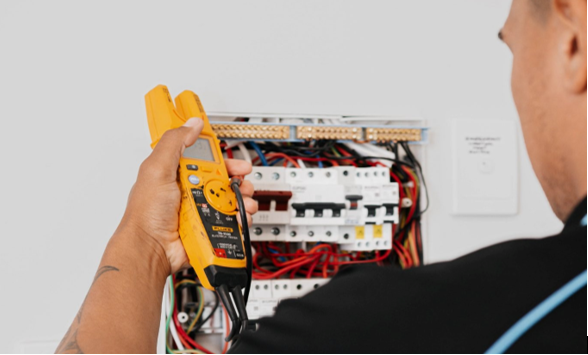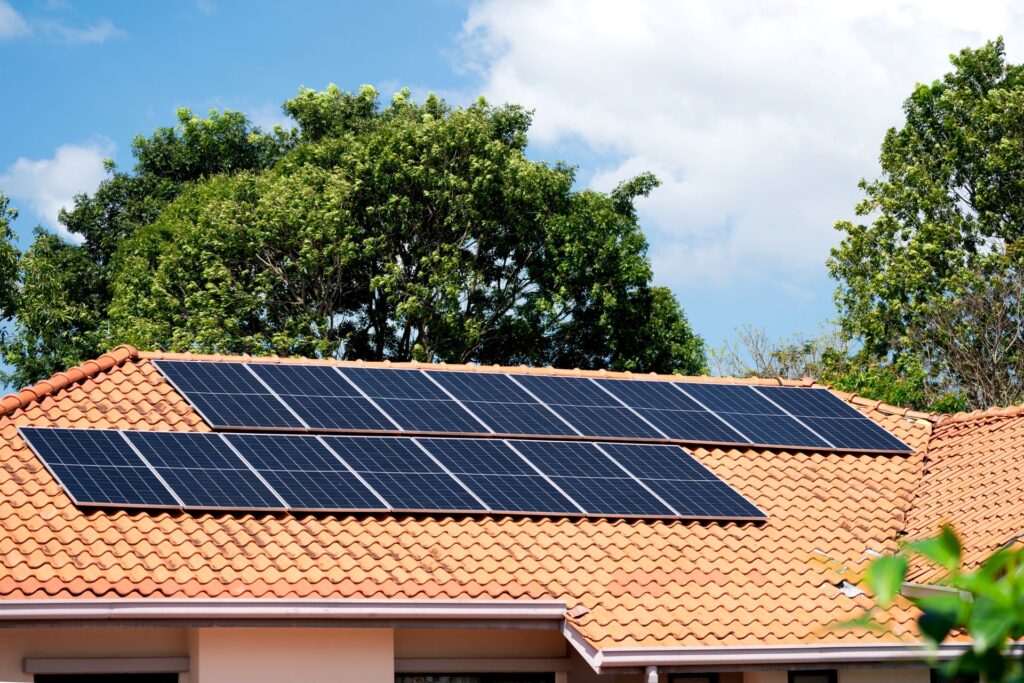Safety switches are an essential part of keeping our homes safe. These devices are designed to protect us from electrical accidents by quickly cutting off power if a fault is detected. In a place like Perth, where thunderstorms and other weather events can cause electrical issues, having a well-maintained safety switch is crucial.
When safety switches are working properly, they reduce the risk of electric shocks and fires. However, like any other part of your electrical system, they need regular maintenance to ensure they operate effectively. Ignoring this can lead to dangerous situations that could otherwise be avoided.
It’s important to pay attention to your safety switches and know when they need maintenance. Sometimes the signs are not obvious, and a faulty switch can go unnoticed until it’s too late. This article will help you understand why safety switches are important, how to recognise when they need maintenance, and when it’s best to call a professional to take a look.
Why Safety Switches Are Important for Your Home
Safety switches, also known as residual current devices (RCDs), are essential for protecting your home from electrical hazards. These devices automatically cut off the electricity supply when they detect a fault, such as an electrical leak or a short circuit. This quick action can prevent serious electrical shocks, fires, and other accidents. It’s crucial to have safety switches installed on all circuits in your home, including power points, lighting, and any other electrical devices.
In Perth, many homes are older and may not have updated electrical systems. Ensuring that your home has functional safety switches is a critical step towards improving electrical safety. These devices are lifesavers, especially in homes with children and pets, as they provide an extra layer of protection. Regular checks and maintenance of your safety switches can make a significant difference in preventing potential disasters.
Signs That Your Safety Switches Need Maintenance
Even though safety switches are designed to last years, they still require regular maintenance to ensure they function properly. One of the most obvious signs that your safety switch needs attention is if it keeps tripping frequently. While it may be a nuisance, frequent tripping indicates that the device is detecting an ongoing fault that needs to be addressed.
Burn marks or unusual sounds, such as buzzing or clicking near your switchboard, are also red flags. These signs can point to internal damage or wear and tear that needs immediate attention. Another indicator is if the test button fails. Safety switches come with a test button that you should press monthly to ensure they trip correctly. If the switch doesn’t trip when tested, it means the device isn’t working as it should, and you may be at risk.
Always monitor your safety switches for these signs and perform regular visual inspections to catch any issues early. Keeping an eye out for these warning signs can help you address problems before they become more severe, ensuring your home stays safe year-round.
DIY Maintenance Tips to Keep Your Safety Switches Working Properly
Regular maintenance of your safety switches is crucial for their reliable performance. Start by testing your safety switches every month. Locate the test button on the device and press it. A properly functioning safety switch will trip, cutting off the electricity supply to the associated circuit. If this happens, reset the switch to restore power. If it doesn’t trip, you may have a malfunctioning safety switch that requires further attention.
Keep your switchboard area clean and free from dust and debris. While performing this cleaning, use a dry cloth to wipe the surfaces around the safety switches. Avoid using any liquids or cleaning agents near electrical components to prevent short circuits or damage to the system. Additionally, ensure that the switchboard is accessible and not blocked by furniture or other obstacles, which could hinder quick access in an emergency.
When to Call a Professional for Safety Switch Maintenance
While routine checks and minor cleaning can be done by yourself, there are times when you need to call in a professional. If your safety switches are tripping frequently and you can’t identify the cause, it’s best to consult an expert. Persistent tripping can be a sign of deeper electrical issues that require professional intervention.
Another instance where professional help is necessary is when you notice signs of physical damage, such as burn marks, unusual buzzing sounds, or melting. These are indications of severe underlying problems that need immediate attention. Also, if your test button fails or you are uncomfortable performing any checks, it is safer to have an electrician take a look. Professionals have the tools and expertise to diagnose and fix issues, ensuring your home remains protected.
Final Thoughts
Maintaining the safety switches in your home is crucial for keeping your family safe and preventing electrical hazards. By regularly testing your safety switches, keeping the switchboard area clean, and knowing when to call a professional, you can ensure these devices function correctly. The peace of mind that comes from a safe home is invaluable.
For comprehensive and expert maintenance of your safety switches and electrical systems, look no further than KLUEM Group. Contact us today to schedule an inspection or service. Your family’s safety is our top priority!
FAQs on Safety Switch Maintenance Tips
Ques 1: What is a safety switch?
Also known as residual current devices (RCDs) or Earth leakage circuit breakers (ELCBs), safety switches are electrical tools to prevent electrical shocks and electrical fires in residential and commercial spaces. They’re designed to automatically cut off the electricity supply by detecting issues such as current leaks, short circuits, overloads, water contact, and more. Without a doubt, they’re one of the smartest innovations in human history, providing steadfast protection for both property and lives.
Ques 2: Should safety switches be on or off?
In normal cases, the safety switch should be in “ON” condition to ensure that all your electrical devices remain protected against potential electrical hazards and faults.
The safety switches must be turned “OFF” when there is some ongoing maintenance or some issue is being addressed.
Ques 3: What causes the safety switch to trip?
There are many reasons behind the tripping of safety switches. This includes:
- Leaking Current: Due to faulty appliances or damaged insulation, current may leak into the ground, causing the safety switch to trip.
- Short Circuits: This is one of the primary causes behind the tripping of safety switches. This happens when live wires come into direct contact with each other or the ground, causing an excessive current flow.
- Overload: When the electrical system is overloaded with too many devices, safety switches get tripped due to the generation of excess heat.
- Water Contact: Due to leaks or spills, water can enter into the electrical system enhancing the chances of short circuit, leading the safety switches to trip.
- Protection: Safety switches get automatically tripped on a device failure, faulty wiring, or if someone comes into contact with live wires.




